Home>Garden Essentials>How To Get Fake Grass To Stand Up


Garden Essentials
How To Get Fake Grass To Stand Up
Modified: March 7, 2024
Discover the best garden tips on how to get fake grass to stand up. Transform your backyard with the help of our expert guide.
(Many of the links in this article redirect to a specific reviewed product. Your purchase of these products through affiliate links helps to generate commission for Storables.com, at no extra cost. Learn more)
Introduction
Welcome to the world of artificial grass! Whether you are looking to enhance your outdoor space, create a lush and green lawn, or simply save time and effort on maintenance, fake grass can be a fantastic solution. However, like any other type of landscaping, it requires proper care and maintenance to ensure it stands up and maintains its pristine appearance for years to come. In this article, we will explore the essential tips and techniques to help you get your fake grass to stand up.
Fake grass, also known as artificial grass or synthetic turf, has come a long way in recent years. It offers a realistic alternative to natural grass with numerous benefits, such as water conservation, no need for mowing or weeding, and a consistent vibrant green look all year round. However, without proper care, fake grass can flatten, become discolored, or even develop an uneven appearance.
Understanding the importance of fake grass maintenance is crucial for preserving its durability and aesthetic appeal. By following a few simple steps, you can ensure your synthetic turf remains standing tall and looking beautiful throughout its lifespan. So, let’s dive in and learn how you can achieve that perfect, just-installed look with your fake grass.
Key Takeaways:
- Regular maintenance is crucial for fake grass to maintain its lush appearance and durability. Brushing, applying infill, and addressing common issues are essential for keeping your artificial turf looking its best.
- Protecting fake grass from damage and enhancing its appearance with landscaping elements and outdoor accessories can elevate the overall look of your outdoor space. With proper care, your artificial turf can provide a beautiful and hassle-free environment.
Understanding the Importance of Fake Grass Maintenance
Maintaining your fake grass is key to ensuring its longevity and overall appearance. While artificial turf requires less maintenance than natural grass, it still requires regular care to keep it looking its best. Here are a few reasons why fake grass maintenance is so important:
- Prolonged Lifespan: By properly maintaining your fake grass, you can extend its lifespan and get the most out of your investment. Regular maintenance helps prevent wear and tear, ensuring your synthetic turf remains in excellent condition for years to come.
- Preserves Appearance: Fake grass that is well-maintained retains its lush green color and uniform appearance. Without proper care, it can become flat, discolored, or even develop an uneven look. Regular maintenance keeps the grass fibers upright, giving it that fresh and natural appearance.
- Prevents Compaction: Over time, foot traffic and heavy objects can cause the infill and fibers to become compacted. Regular brushing and grooming help prevent this compaction, ensuring proper drainage and a soft, comfortable surface underfoot.
- Removes Debris: Outdoor spaces accumulate leaves, dirt, and other debris over time. Regular maintenance allows you to remove these unwanted elements, keeping your fake grass clean and free from congestion.
- Prevents Weed Growth: While one of the benefits of fake grass is that it eliminates the need for weeding, it is still possible for weeds to sprout between the blades. Regular maintenance, such as brushing and applying appropriate weed control measures, helps prevent weed growth and maintains the pristine look of your fake grass.
By understanding and implementing a regular maintenance routine for your fake grass, you can fully enjoy its benefits and keep it looking like new. In the following sections, we will explore the specific steps and techniques to help you achieve just that. So, let’s dive into the details of choosing the right type of fake grass before moving on to the maintenance process!
Choosing the Right Type of Fake Grass
When it comes to fake grass, not all options are created equal. Choosing the right type of fake grass is crucial for ensuring its durability and performance. Here are a few factors to consider when selecting fake grass:
- Pile Height: The pile height refers to the length of the grass blades. Consider the intended use of your fake grass when selecting the pile height. For example, a shorter pile height is ideal for high-traffic areas, while a longer pile height provides a more luxurious look.
- Density: The density of the fake grass refers to the number of blades per inch. Higher density fake grass tends to be more durable and better at withstanding heavy foot traffic.
- Backing Material: The backing material of the fake grass should be strong and permeable to allow for proper drainage. Look for high-quality backing materials that are resistant to UV rays and moisture.
- Infill Type: Infill is used to provide stability and support to the fake grass. There are various types of infill, including sand, rubber, and a combination of both. Consider the intended use of your fake grass and consult with professionals to determine the most suitable infill option.
- Quality Certifications: Look for fake grass that meets industry standards and has certifications for its quality and safety. This ensures that you are getting a reliable and durable product.
In addition to these factors, consider the overall aesthetic appeal of the fake grass. Choose a color and texture that matches the surrounding environment and complements your landscaping. It’s also a good idea to request samples and see how the fake grass looks and feels in person before making a final decision.
By carefully selecting the right type of fake grass for your specific needs and requirements, you can set a solid foundation for the ongoing maintenance and long-term enjoyment of your artificial turf.
Preparing the Area for Installation
Before installing your fake grass, it is essential to properly prepare the area to ensure a smooth and long-lasting installation. Here are the steps to follow:
- Clean the Area: Clear the area of any debris, rocks, or vegetation. Remove any existing grass or weeds, ensuring the surface is clean and even.
- Level the Ground: Use a rake or shovel to level any uneven areas in the ground. Smooth out any bumps or depressions to create a flat and even surface.
- Install Edging: Install edging around the perimeter of the area to keep the fake grass in place and prevent it from shifting. You can use options such as plastic or metal edging, wooden boards, or concrete curbs.
- Compact the Soil: Use a compactor or hand tamper to compact the soil. This helps create a stable base for the fake grass and prevents future settling and unevenness.
- Add a Weed Barrier: Lay down a weed barrier fabric over the compacted soil to prevent weed growth. This will help keep your fake grass area maintenance-free from unwanted plants.
- Add a Layer of Base Material: Spread a layer of crushed rock or decomposed granite over the weed barrier. This provides additional stability and drainage for the fake grass.
- Compact the Base Material: Compact the base material using a compactor or hand tamper. This ensures a solid and stable foundation for your fake grass installation.
By taking the time to properly prepare the area, you are setting the stage for a successful and durable fake grass installation. It helps create a level and even surface, improves drainage, and prevents issues such as weed growth or unevenness. Once the area is prepared, you’re ready to move on to the next step — installing the fake grass itself.
Installing Fake Grass Properly
Proper installation of fake grass is crucial for achieving a seamless and professional-looking result. Here are the steps to follow when installing fake grass:
- Roll Out the Grass: Start by rolling out the fake grass over the prepared area. Make sure to position it correctly, ensuring the grass fibers are facing the desired direction.
- Cut and Trim: Use a sharp utility knife to cut the fake grass to fit the shape and size of your area. Take your time and make precise cuts to achieve a clean and accurate fit.
- Join Seams: If you have multiple rolls of fake grass, you will need to join the seams. Fold back the edges of the adjacent rolls and use artificial grass seaming tape and adhesive to secure them together.
- Secure the Edges: Use landscape staples or nails to secure the edges of the fake grass to the ground. Place them approximately 6 to 12 inches apart for optimal stability.
- Trim Excess Material: Trim any excess grass that extends beyond the edges of your area. Be careful not to cut into the turf to maintain a neat appearance.
- Secure the Perimeter: Install additional edging around the perimeter of the fake grass to enhance its stability and prevent shifting or movement.
- Create Drainage Holes: If necessary, use a sharp object to create small drainage holes in the fake grass. This ensures proper water drainage and prevents water accumulation on the surface.
It’s essential to follow the manufacturer’s instructions and guidelines during the installation process. Each brand and type of fake grass might have specific requirements that need to be followed for optimal results.
Proper installation of fake grass plays a significant role in its longevity and appearance. By taking the time to install it correctly, you can enjoy a beautiful and maintenance-free lawn for years to come.
Read more: How To Get Weeds Out Of Fake Grass
Applying Sand or Rubber Infill
One of the essential steps in maintaining and enhancing your fake grass is applying sand or rubber infill. This infill material adds stability, support, and resilience to the artificial turf. Here’s how to properly apply sand or rubber infill to your fake grass:
- Clean the Grass: Before applying the infill, ensure that the fake grass is clean and free from debris. Use a stiff-bristle broom or leaf blower to remove any dirt, leaves, or other particles.
- Choose the Right Infill Material: Depending on the type and purpose of your fake grass, you can choose between sand, rubber, or a combination of both as the infill material. Consider the advantages and characteristics of each option before making your decision.
- Spread the Infill: Begin spreading the sand or rubber infill evenly over the fake grass using a drop spreader or a shovel. Start at one end and work your way across the entire area. Aim for a consistent layer of infill throughout the grass.
- Brush the Infill: After spreading the infill, use a power broom or a stiff-bristle broom to brush the infill into the fake grass fibers. This helps distribute the infill material evenly and ensures it penetrates the gaps between the fibers.
- Check for Adequate Coverage: Inspect the fake grass to ensure that the infill material has adequately covered the entire lawn. Fill in any areas that may have been missed during the initial application.
- Brush Again: Once the infill has been evenly distributed, brush the fake grass fibers again to help stand them up. This brushing action helps create a more natural and vibrant appearance.
Applying sand or rubber infill is essential for maintaining the stability, durability, and resilience of your fake grass. The infill material provides cushioning, prevents the fibers from flattening, and enhances the overall performance of the artificial turf.
It’s worth noting that not all types of fake grass require infill. Some varieties come with an integrated backing that eliminates the need for infill. However, for most traditional fake grass installations, applying sand or rubber infill is highly recommended for optimal results.
To get fake grass to stand up, use a stiff bristle broom to brush against the grain of the grass. This will help the blades stand upright and look more natural.
Brushing the Grass Fibers Regularly
Regular brushing of the fake grass fibers is an essential maintenance task that helps keep your artificial turf looking its best. Brushing not only helps to prevent the grass fibers from flattening but also promotes a more natural appearance. Here’s how to effectively brush the grass fibers of your fake grass:
- Choose the Right Broom: Select a broom with stiff bristles suitable for synthetic turf. Avoid using brooms with metal bristles or brushes that are too soft, as they can cause damage to the grass fibers.
- Brush in Different Directions: Start by brushing the fake grass in various directions, such as against the grain, sideways, and diagonally. This helps to lift any flattened fibers and distribute the infill material evenly throughout the grass. Be gentle and avoid applying excessive pressure to prevent damage.
- Focus on High-Traffic Areas: Pay extra attention to areas of your fake grass that receive high foot traffic. These areas are more prone to flattening over time, so take the time to brush them more thoroughly.
- Brush After Heavy Use or Rainfall: If your fake grass has recently been subjected to heavy use or experienced rainfall, it’s a good idea to brush the fibers afterward. This helps to restore the upright position of the grass and maintain its lush appearance.
- Brush Regularly: Make brushing your fake grass a regular part of your maintenance routine. Aim to brush it at least once a month, or more frequently if needed, to prevent the fibers from becoming flat and to ensure a consistently vibrant look.
Regular brushing of the grass fibers not only enhances the aesthetic appeal of your fake grass but also helps to prolong its lifespan. By incorporating this simple task into your maintenance routine, you can enjoy a beautiful and well-maintained artificial turf for years to come.
Using a Power Broom for Deep Cleaning
In addition to regular brushing, using a power broom for deep cleaning is a highly effective technique to maintain the longevity and appearance of your fake grass. A power broom utilizes rotating bristles to penetrate deep into the grass fibers and remove embedded dirt, debris, and compacted infill. Here’s how to use a power broom for deep cleaning your fake grass:
- Select the Proper Power Broom: Choose a power broom specifically designed for use on artificial turf. Ensure that it has soft bristles that won’t damage the grass fibers.
- Adjust the Bristle Height: Set the bristle height of the power broom according to the pile height of your fake grass. Adjust it so that it gently reaches into the fibers without causing any harm.
- Start with Dry Grass: It’s best to use the power broom on dry fake grass. If there is moisture or dew on the surface, wait until it dries before proceeding with the deep cleaning process.
- Work in Sections: Divide your fake grass into manageable sections and focus on one area at a time. This ensures thorough cleaning and allows you to give proper attention to each section.
- Use Overlapping Strokes: Move the power broom in overlapping strokes across the fake grass. This ensures complete coverage and allows the bristles to reach every corner of the surface.
- Apply Gentle Pressure: Apply gentle and even pressure while using the power broom. Avoid pressing too hard, as it may cause damage to the grass fibers. Let the rotating bristles do the work.
- Clean the Debris: As you use the power broom, it will dislodge dirt, debris, and compacted infill. Take breaks between sections to remove the loosened material using a leaf blower or a stiff-bristle broom.
- Inspect for Repairs: While using the power broom, keep an eye out for any damaged or lifted areas of your fake grass. Address these issues promptly by resecuring the edges or applying necessary repairs.
Using a power broom for deep cleaning not only removes embedded debris but also revitalizes the fake grass fibers, helping them regain their upright position for a fresh and vibrant appearance. Incorporate this deep cleaning method into your maintenance routine periodically to keep your artificial turf in optimal condition.
Dealing with Common Issues and Fixes
While fake grass is known for its low-maintenance nature, there can still be some common issues that may arise. The good news is that most of these issues can be easily addressed with simple fixes. Here are some common issues with fake grass and their corresponding solutions:
- Fiber Flattening: Over time, fake grass fibers can become flattened, especially in high-traffic areas. To fix this issue, regularly brush the grass fibers using a stiff-bristle broom or a power broom to lift them back to an upright position.
- Weed Growth: Although fake grass is designed to prevent weed growth, there could still be instances where a few weeds manage to sprout. Remove any weeds by hand or use an appropriate weed killer, being careful to follow the instructions provided.
- Discoloration: Exposure to direct sunlight or certain chemicals can sometimes cause fake grass to fade or change color. To address discoloration, use a UV protective spray specifically designed for fake grass to restore its original color and protect it from further fading.
- Pet Odor: If you have pets, urine odor can occasionally become an issue. Dilute the affected area with water to minimize the odor, then use a specially formulated fake grass cleaner or a mixture of vinegar and water to neutralize the odor.
- Compact Infill: Over time, the infill material in your fake grass may become compacted, affecting drainage and overall performance. Regularly brush the grass to loosen the infill, and if needed, add fresh infill to restore the proper level and ensure proper drainage.
- Burn Marks: Exposure to hot objects or chemicals can cause burn marks on fake grass. To fix small burn marks, carefully trim away the damaged fibers with a sharp utility knife and replace them with new ones. For larger areas, it may be necessary to seek professional help for repair or replacement.
- Uneven Surface: If you notice uneven areas in your fake grass, it might be due to the base material settling over time. Adding fresh base material and compacting it can help level the surface and prevent further unevenness.
By promptly addressing these common issues and following the appropriate fixes, you can ensure that your fake grass maintains its pristine appearance and continues to provide you with an enjoyable outdoor space.
Read more: How To Get Rid Of Moss On Fake Grass
Protecting Fake Grass from Damages
To maximize the longevity and beauty of your fake grass, it’s important to take proactive measures to protect it from potential damages. By following these simple tips, you can ensure that your artificial turf continues to thrive for years to come:
- Avoid Sharp Objects: Keep sharp objects such as knives, garden tools, and high-heeled shoes off your fake grass. These can puncture or tear the turf, leading to irreversible damage. Encourage everyone using the area to remove their shoes or use synthetic grass-friendly footwear.
- Prevent Heavy Furniture or Equipment: Avoid placing heavy furniture or equipment directly on the fake grass for an extended period. This can cause indentations or flatten the fibers. Use padding or platforms underneath furniture legs to distribute the weight and prevent damage.
- Restrict Fire and Heat Sources: Fake grass is susceptible to damage from heat sources such as fire pits, grills, or fireworks. Keep these sources at a safe distance to prevent melting or burning of the turf. Use a non-flammable barrier between the heat source and the grass when necessary.
- Clean Up Pet Waste Promptly: Pet waste left on the fake grass can cause discoloration and odor. Promptly pick up and properly dispose of pet waste, then rinse the area with water to prevent lingering effects.
- Avoid Harsh Chemicals: Harsh chemicals, such as bleach or ammonia-based cleaners, can damage the grass fibers and affect the color of your fake grass. Use only mild, non-toxic detergents or specifically designed artificial turf cleaners for cleaning purposes.
- Prevent Oil and Grease Stains: Avoid spilling or dripping oil, grease, or petroleum-based products on the fake grass, as they can cause stains and discoloration. If a spill occurs, blot it immediately with a clean cloth and use an absorbent material to draw out the oil before cleaning the area.
- Monitor Chemical Exposure: If you have a chlorinated pool or use chemicals in the vicinity of your fake grass, ensure that the chlorine or other chemical agents do not come into direct contact with the artificial turf. Rinse the grass with water after pool use to minimize any potential chemical damage.
- Regularly Inspect for Damage: Periodically inspect your fake grass for any signs of damage or wear. Address any issues promptly to prevent them from worsening. Small repairs can often be done yourself, while larger repairs may require professional assistance.
By taking these precautionary measures, you can protect your fake grass from potential damages and ensure that it remains in great condition for years to come. Regular maintenance and vigilance are key to preserving the longevity and appearance of your artificial turf.
Enhancing the Appearance of Fake Grass
While fake grass offers a beautiful and low-maintenance alternative to natural grass, there are several ways you can further enhance its appearance to create a stunning outdoor space. By incorporating these tips and tricks, you can elevate the overall look of your artificial turf:
- Add Landscaping Elements: Surround your fake grass with plants, flowers, or decorative elements to create a more vibrant and inviting atmosphere. Strategically placed potted plants, garden beds, or rocks can add depth and visual interest to your outdoor space.
- Install Landscape Lighting: Accentuate the beauty of your fake grass by installing landscape lighting. Well-placed lights can highlight different features, create ambiance, and extend your enjoyment of the outdoor space into the evening hours.
- Create Pathways: Integrate pathways or stepping stones into your fake grass area to add structure and guide foot traffic. This not only enhances the functionality of your space but also adds a visually appealing element to the overall design.
- Consider Color Contrast: Choose furniture, cushions, and accessories that create a contrast against the color of your fake grass. This contrast will make your outdoor space pop and add visual interest to the setting.
- Use Outdoor Rugs or Mats: Introduce outdoor rugs or mats strategically placed on your fake grass to create zones or seating areas. These additional textures and colors can elevate the overall aesthetic and provide a more cozy and inviting atmosphere.
- Regularly Clean and Maintain: Keeping your fake grass clean and well-maintained is essential for enhancing its appearance. Regularly remove debris, brush the fibers, and address any issues promptly to ensure your artificial turf always looks fresh and vibrant.
- Consider Garden Features: Incorporate garden features such as water fountains, bird feeders, or decorative sculptures to add focal points and visual interest to your outdoor space. These elements can enhance the overall aesthetics and create a more personalized and inviting environment.
- Utilize Outdoor Furniture: Select outdoor furniture that complements the style and color scheme of your fake grass. Comfortable seating, stylish tables, and loungers can transform your space and create a welcoming atmosphere for relaxation and entertainment.
By implementing these techniques, you can enhance the appearance of your fake grass and create a visually stunning outdoor space. Remember to personalize the design according to your preferences and style, ensuring that it reflects your unique taste and creates an enjoyable environment for you and your guests.
Conclusion
Fake grass provides a fantastic solution for those looking to have a beautiful, low-maintenance outdoor space. By understanding the importance of fake grass maintenance and following the right practices, you can ensure that your artificial turf stands up and maintains its pristine appearance for years to come.
Choosing the right type of fake grass, preparing the area for installation, and installing it properly are essential steps in the process. Applying sand or rubber infill, brushing the grass fibers regularly, and using a power broom for deep cleaning all contribute to maintaining the durability and appearance of your fake grass.
While challenges may arise, such as fiber flattening, weed growth, or discoloration, these can be easily addressed and fixed. Taking measures to protect your fake grass from damages, enhancing its appearance with landscaping elements and outdoor accessories, and ensuring regular cleaning and maintenance will further elevate the overall look and longevity of your artificial turf.
Remember, artificial grass technology continues to evolve, and new products are continuously being developed to offer even better performance and aesthetics. Stay updated with the latest advancements in the industry and consult with professionals to ensure you are taking advantage of the best solutions for your fake grass.
In conclusion, with proper care and attention, your fake grass can provide a lush, green, and hassle-free outdoor space that you can enjoy throughout the year. So, follow the tips and techniques outlined in this article to get your fake grass to stand up, and create a beautiful outdoor oasis that will have everyone envious of your stunning artificial turf!
Frequently Asked Questions about How To Get Fake Grass To Stand Up
Was this page helpful?
At Storables.com, we guarantee accurate and reliable information. Our content, validated by Expert Board Contributors, is crafted following stringent Editorial Policies. We're committed to providing you with well-researched, expert-backed insights for all your informational needs.
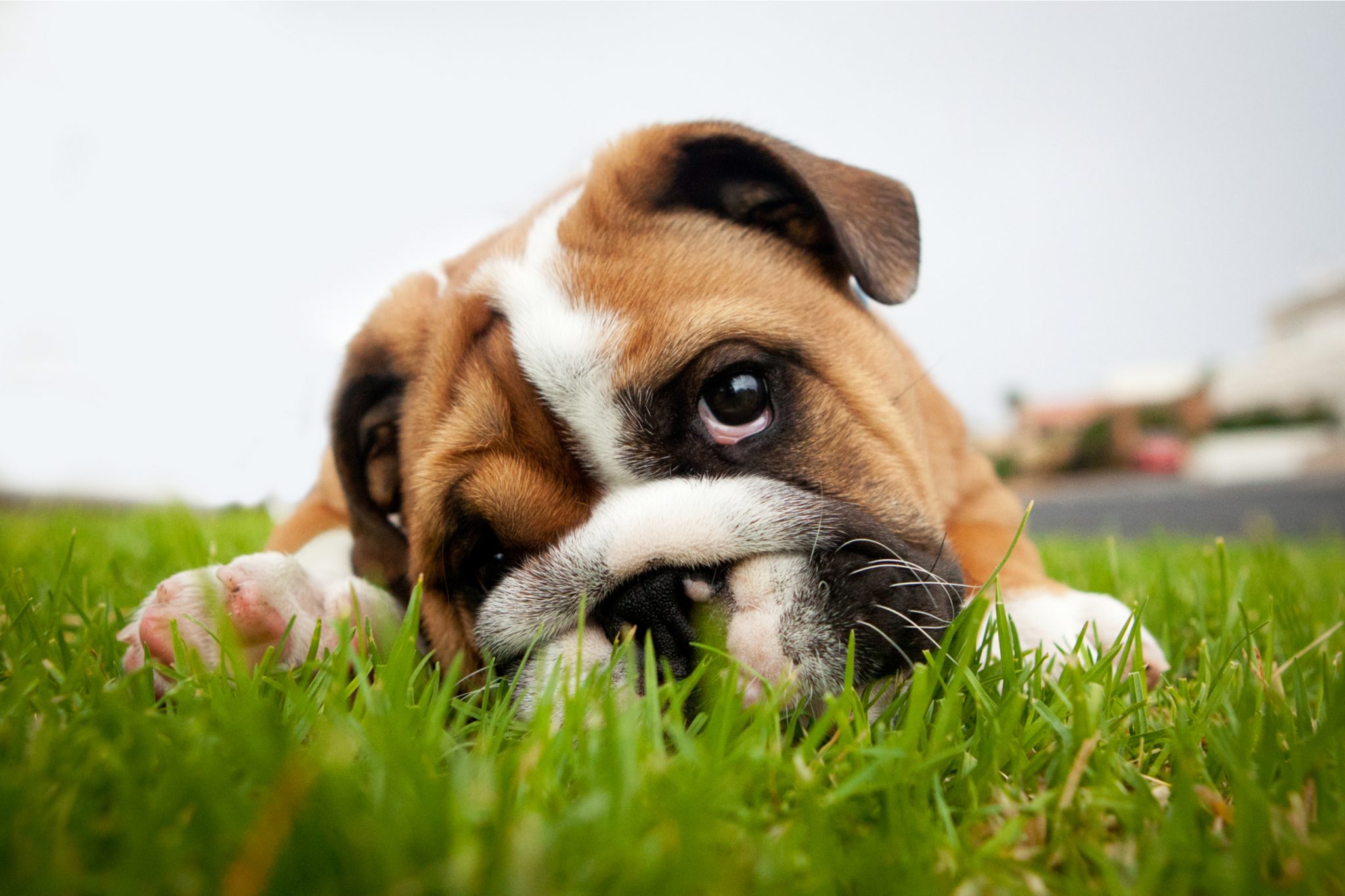
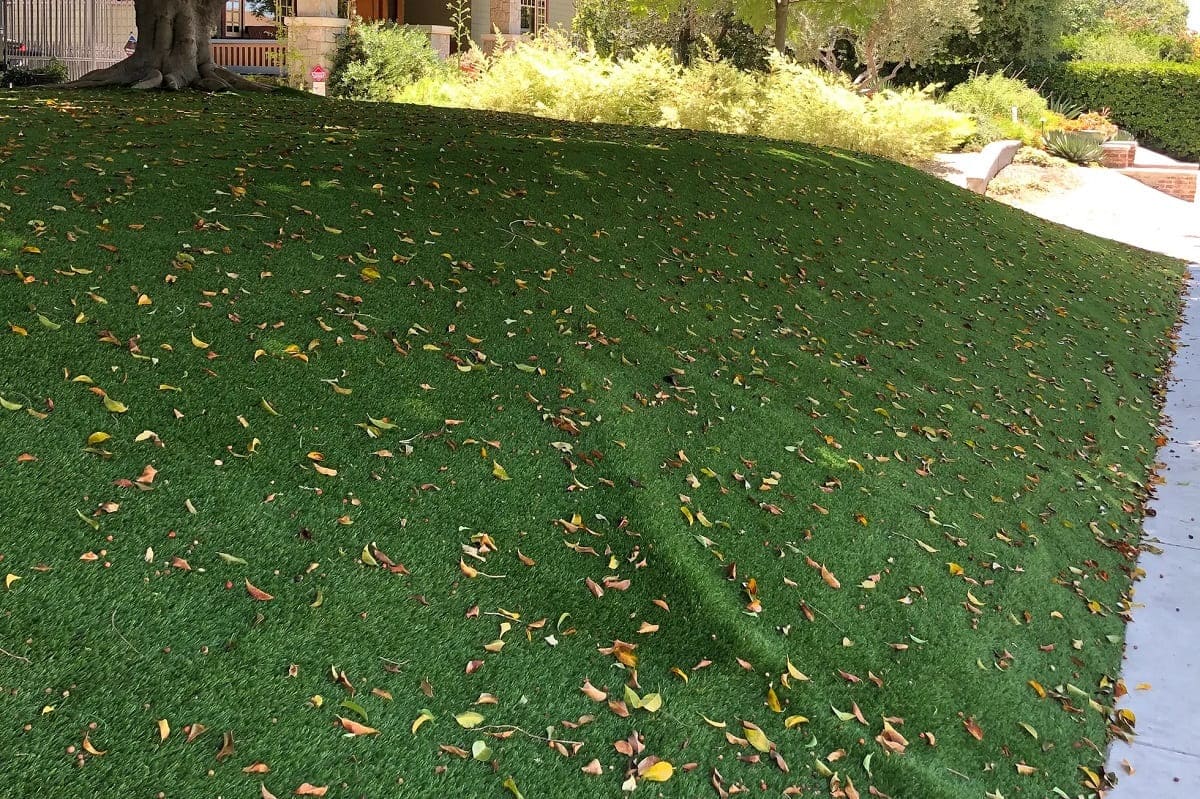
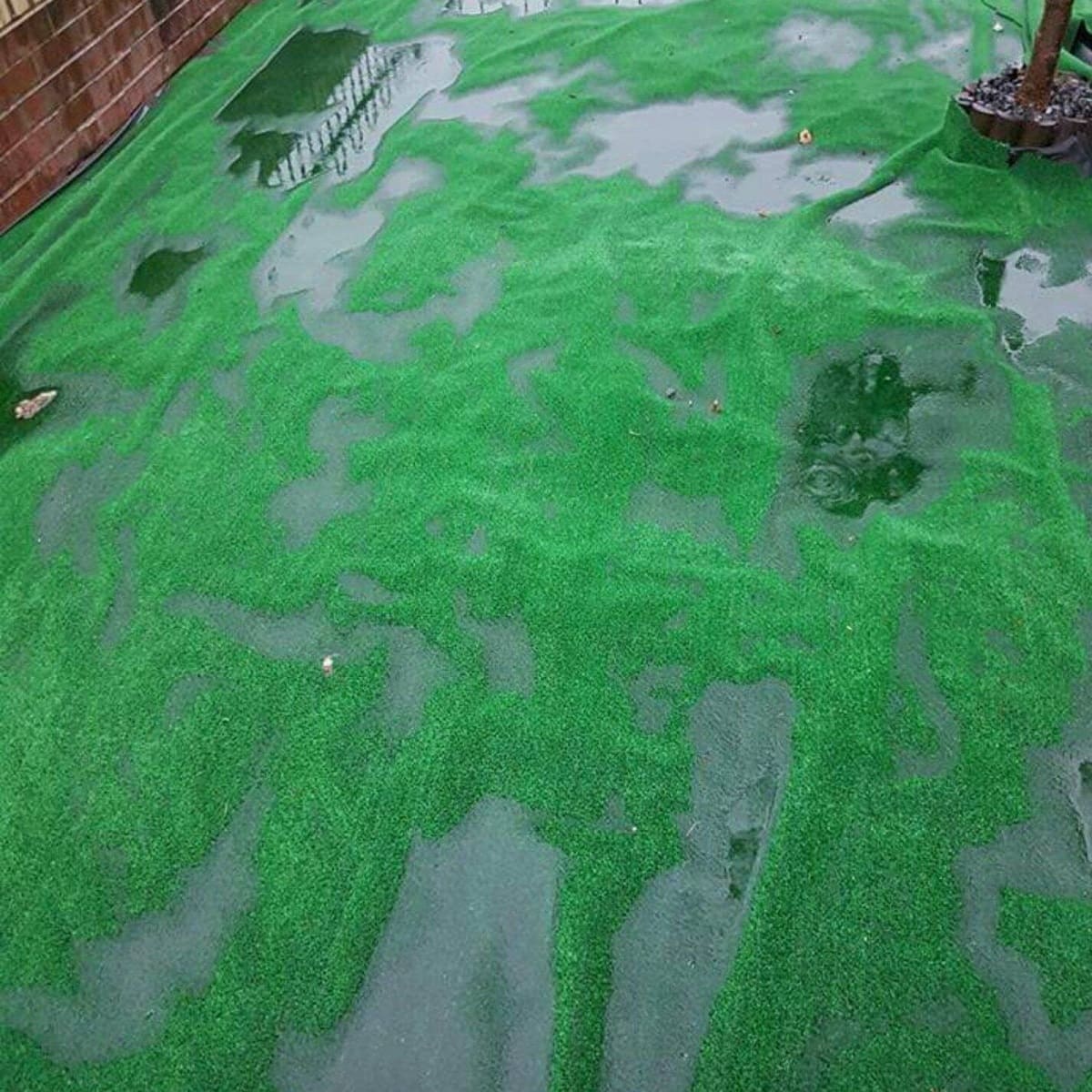
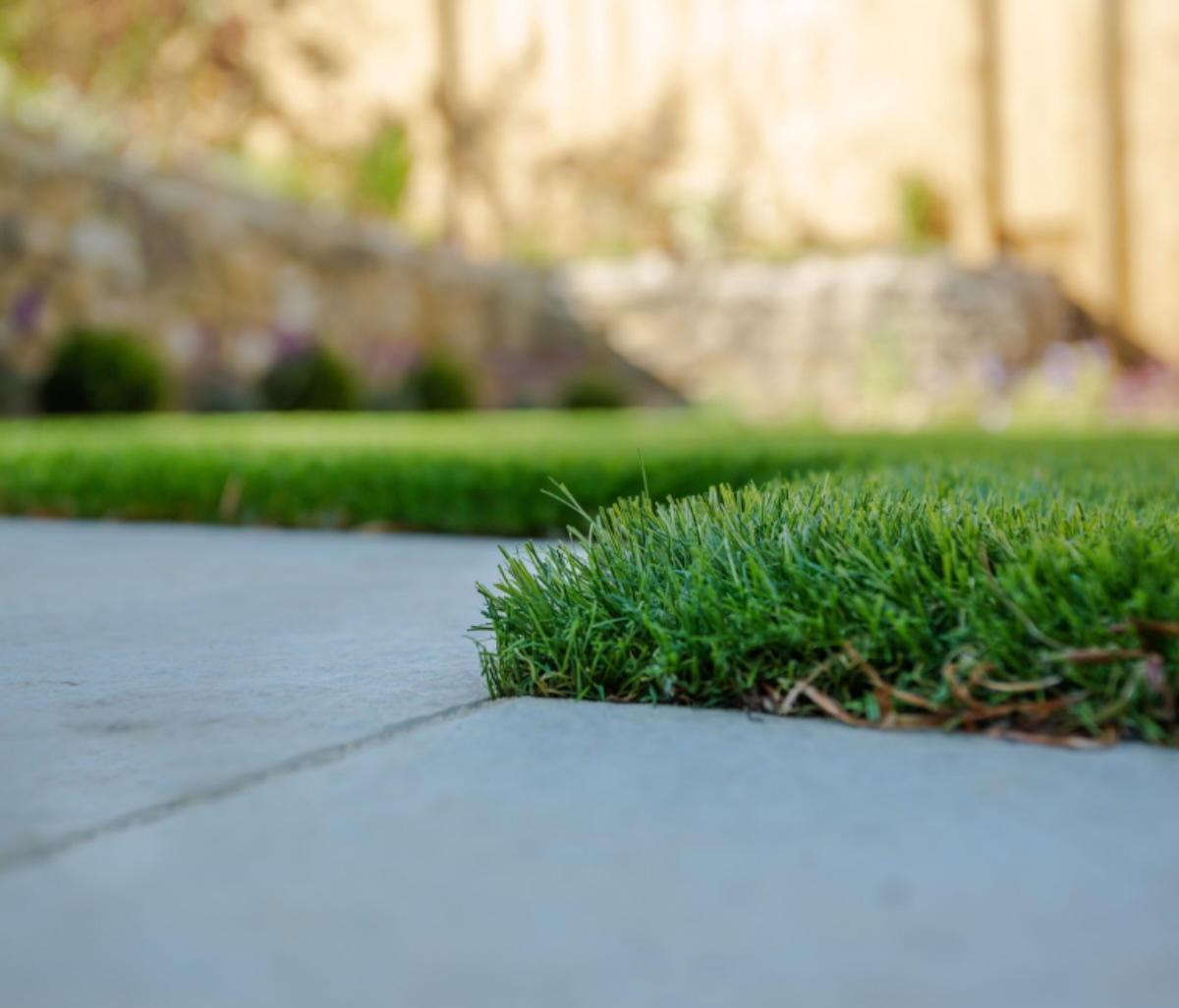
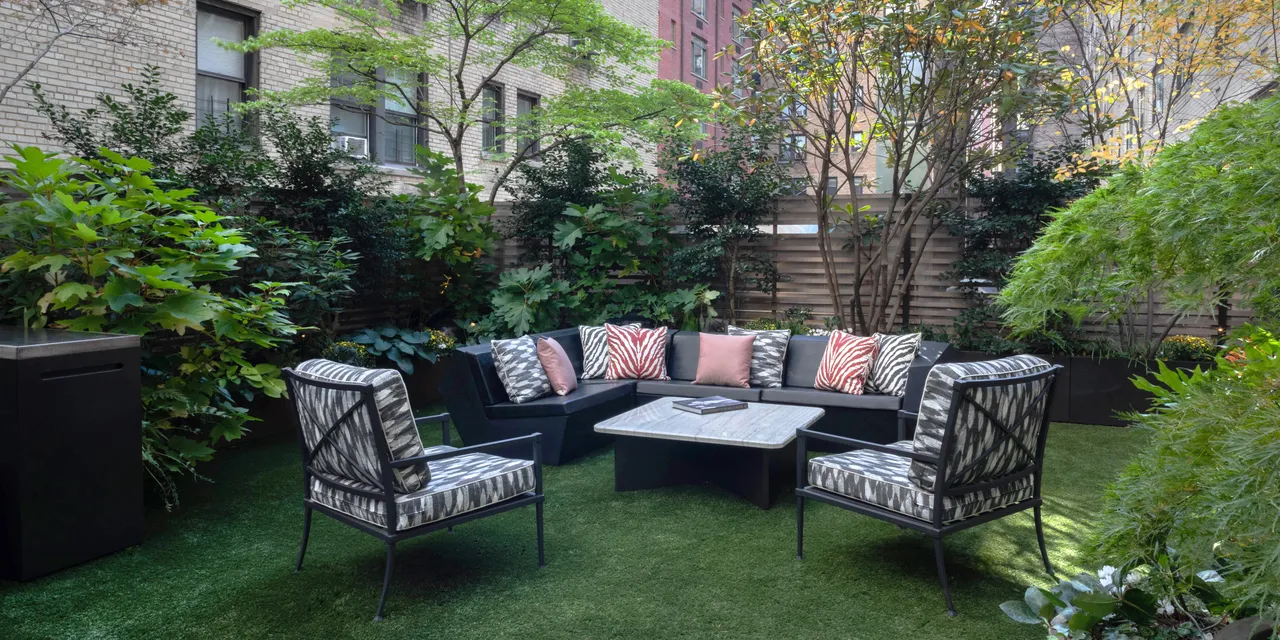
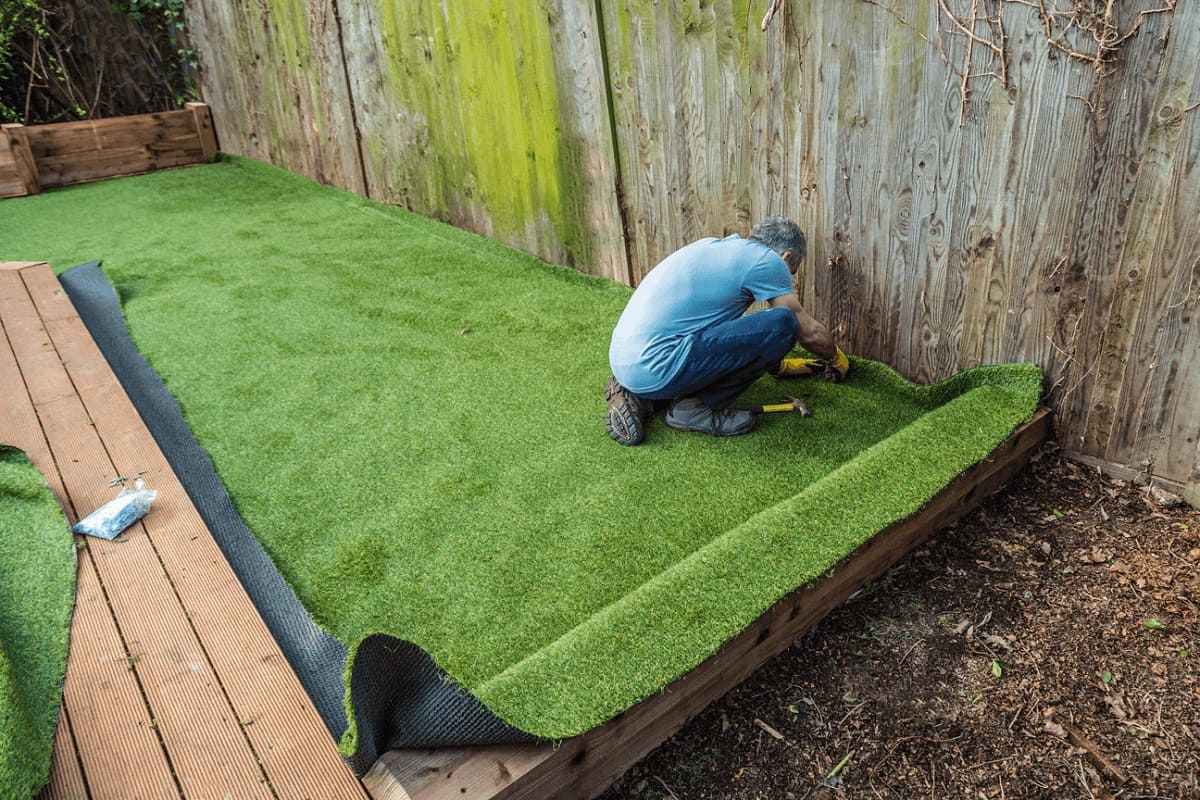
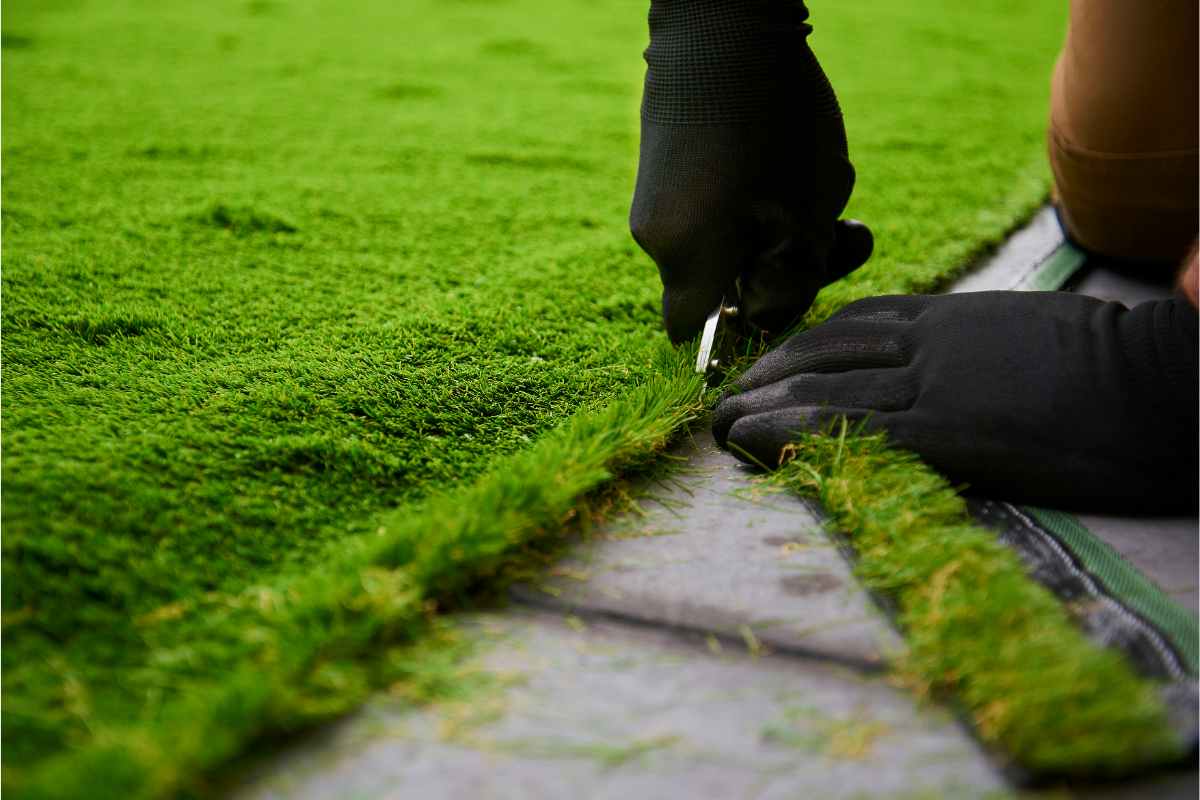

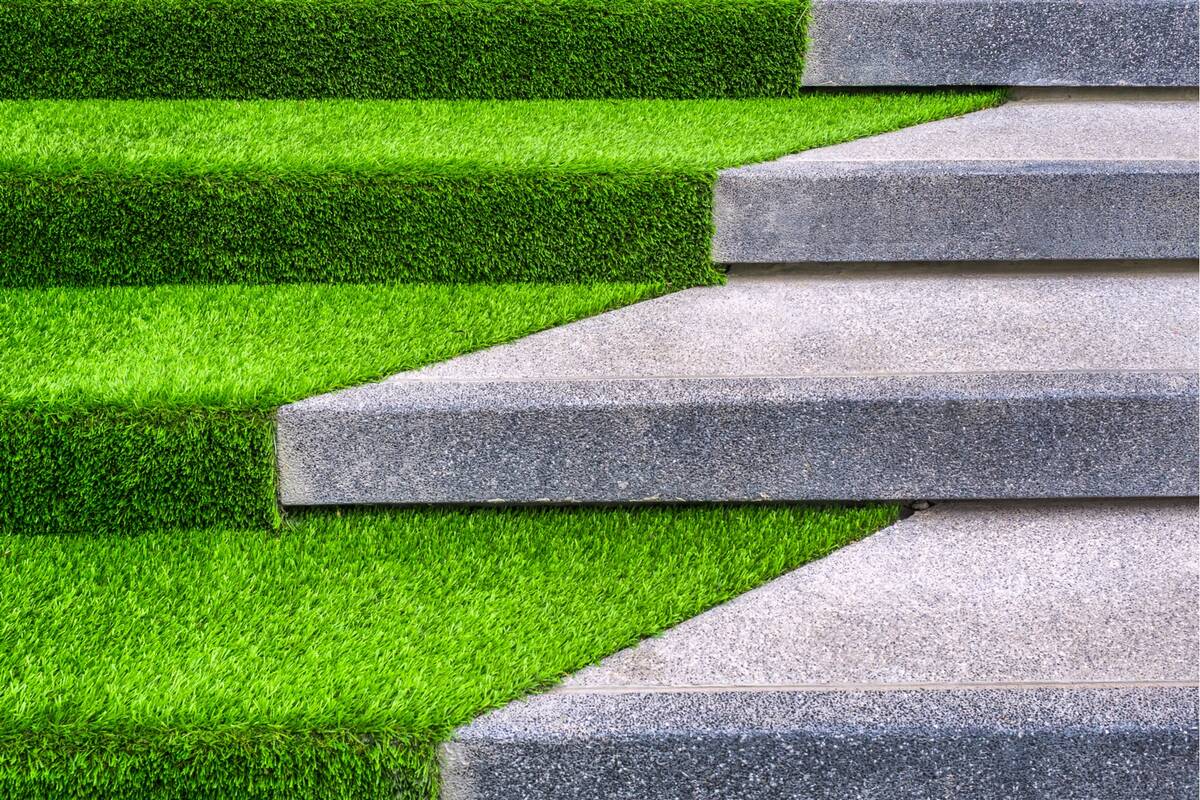
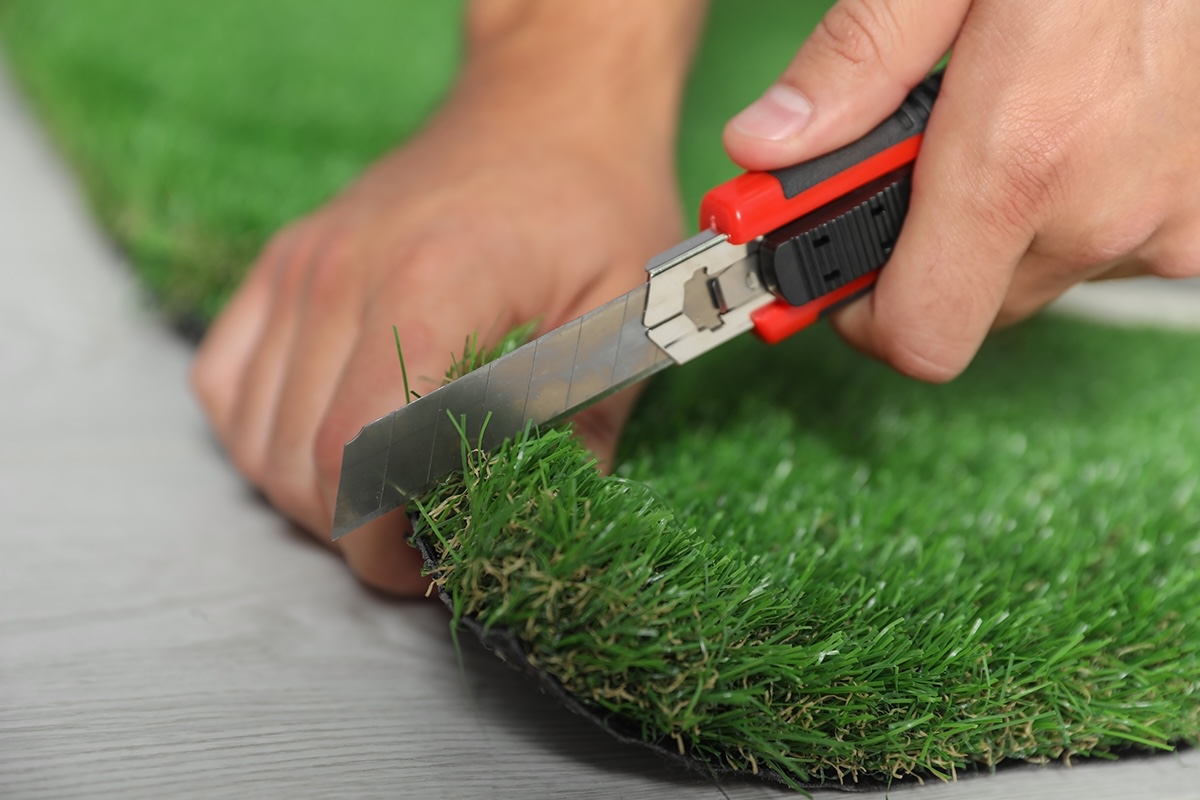
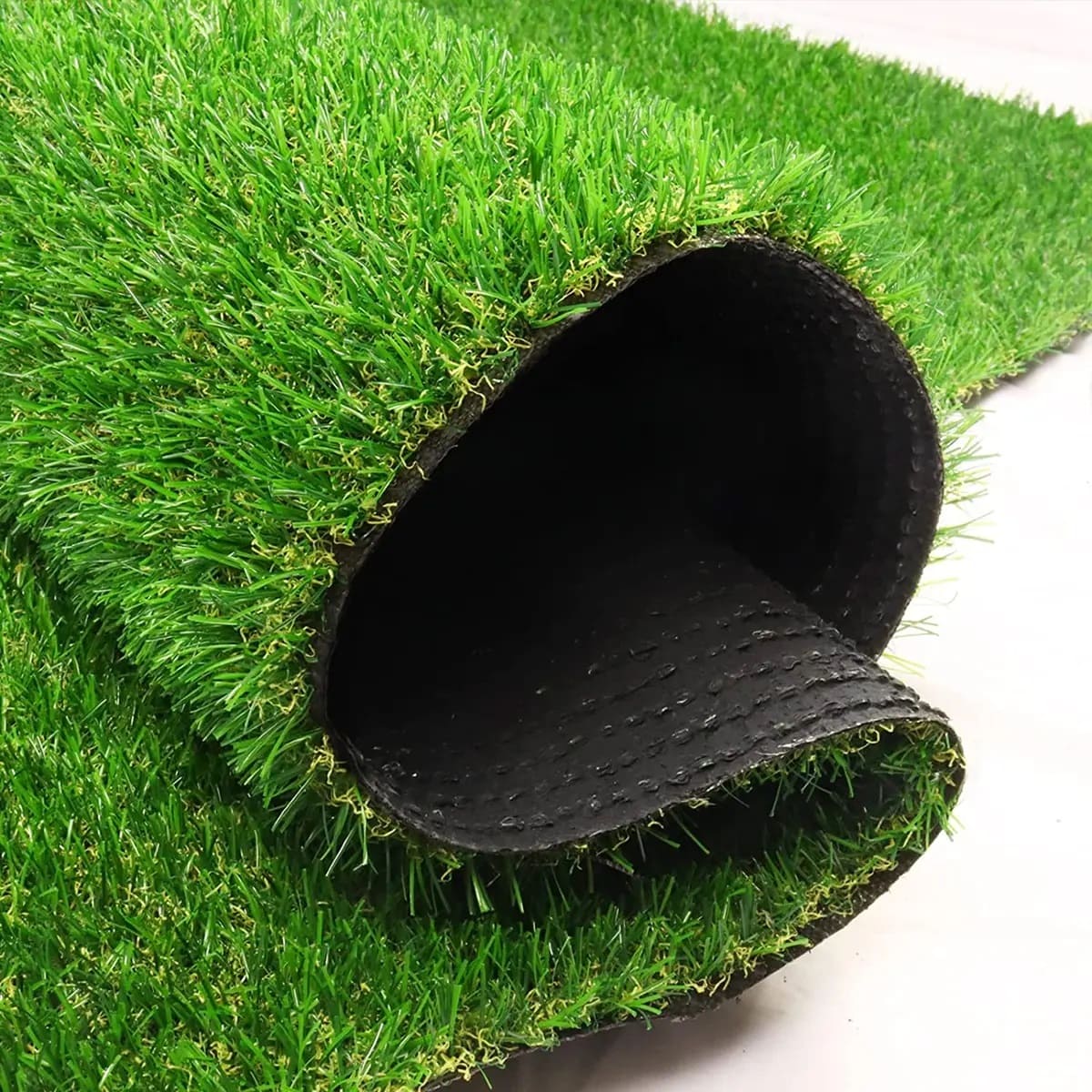
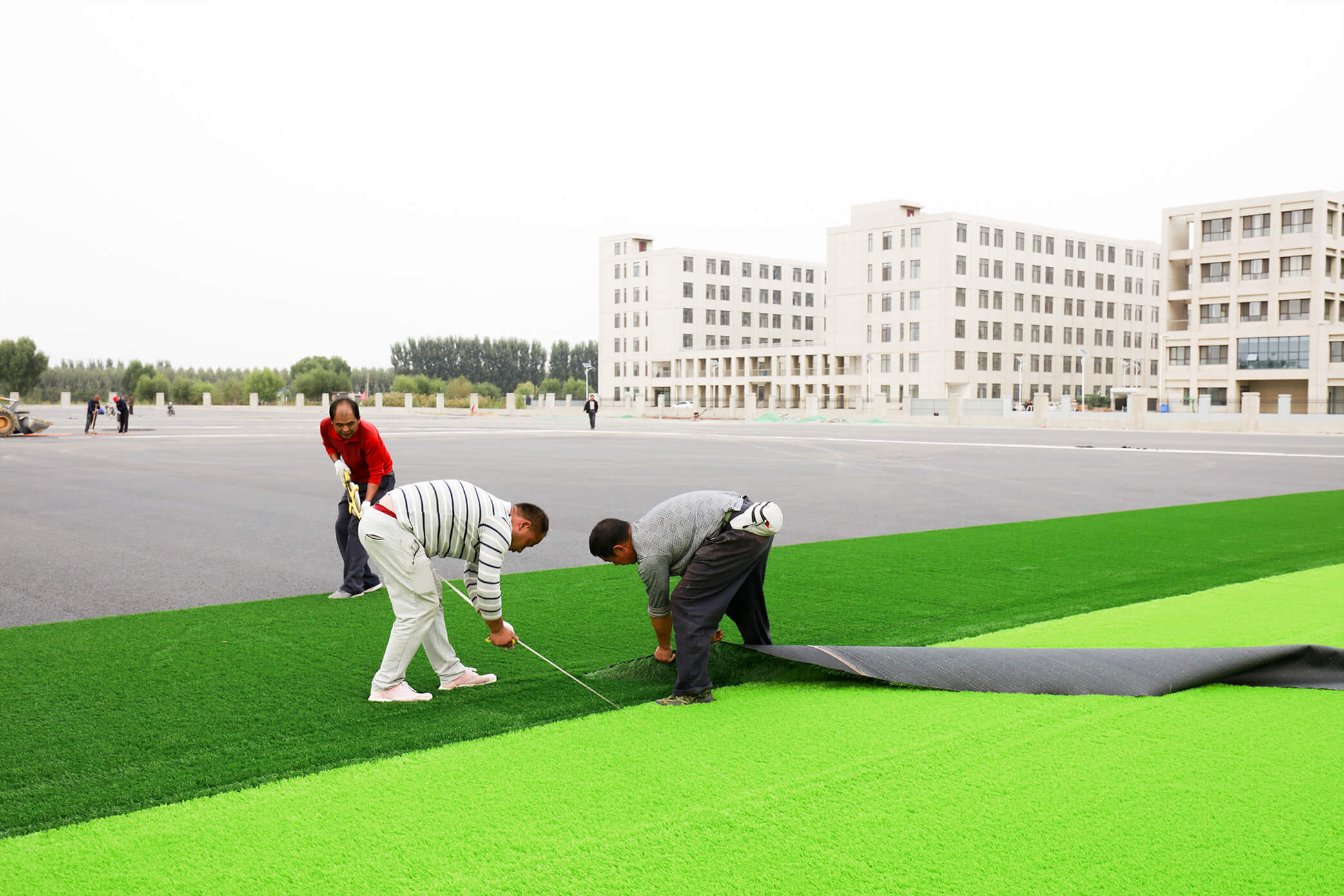
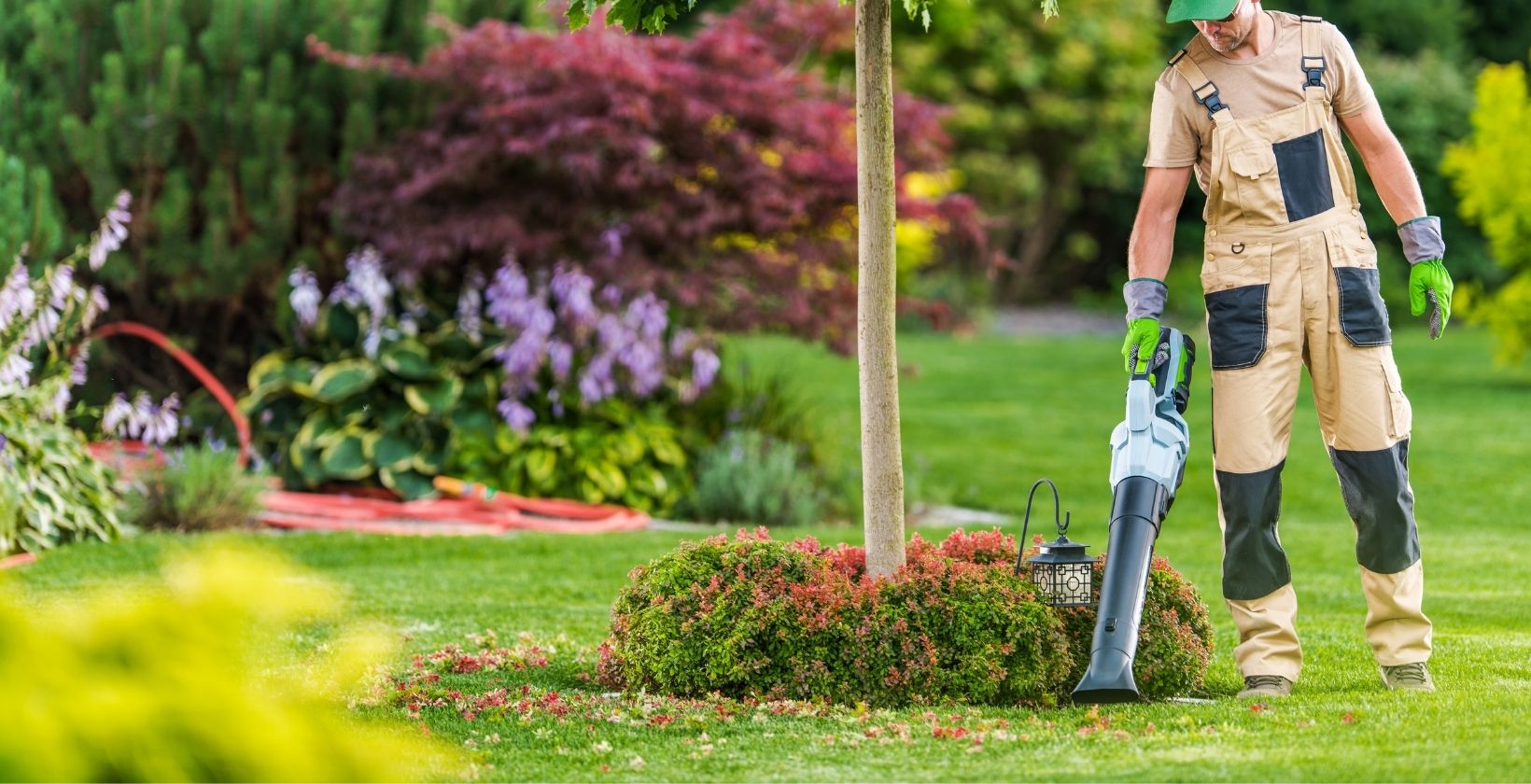

0 thoughts on “How To Get Fake Grass To Stand Up”